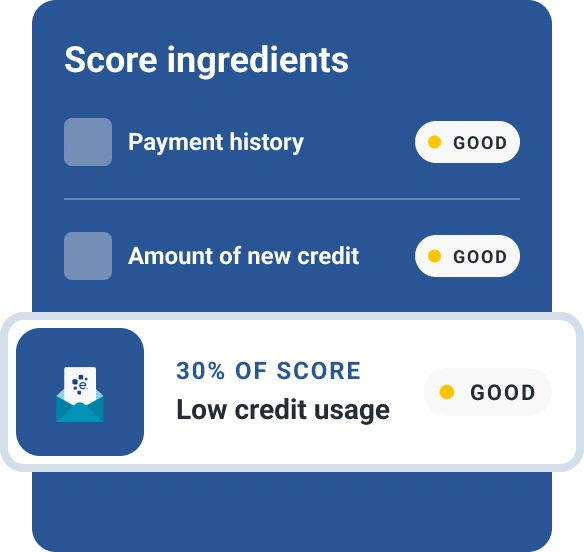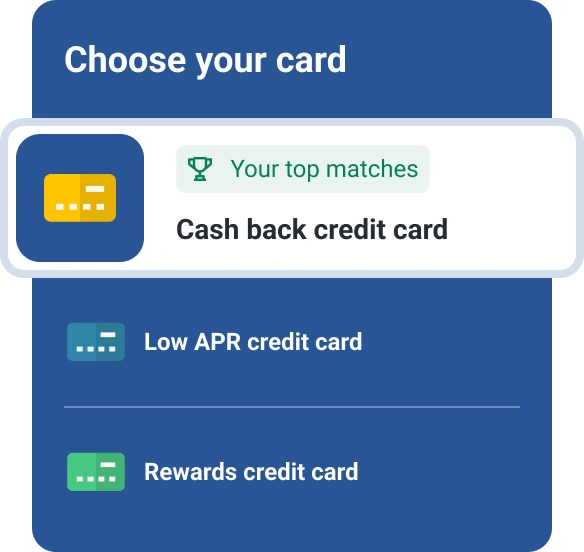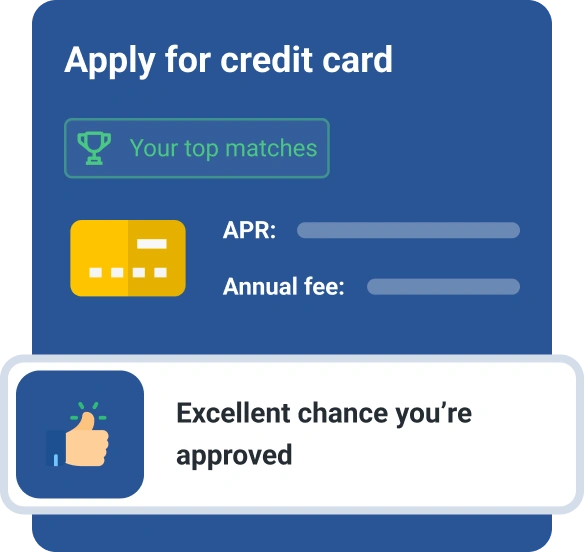What Is a Flat-Rate Rewards Card?
Quick Answer
A flat-rate rewards credit card will give you the same rewards rate no matter where you shop. The best flat-rate cards offer 2% cash back or 2 points per dollar spent.

A flat-rate rewards card is a rewards credit card that gives you the same amount of cash back, points or miles on all your purchases. These are contrasted by bonus category rewards cards, which provide varying rewards in different purchase categories.
How Do Flat-Rate Cards Work?
Flat-rate reward cards can be some of the simplest rewards cards to understand and use. The amount of rewards you'll get remains the same no matter the merchant or purchase category. For example, a cash back card that offers a flat 2% cash back rate will give you $2 in rewards for every $100 you spend. You'll get this amount no matter where you shop or what you buy, although there are still often exclusions for cash-like purchases or transactions, such as money orders and cash advances.
Most flat-rate cards offer 1% to 2.5% back as either cash back, points or miles—you may need a good to excellent credit score to qualify for the cards with higher rates. Many of the cards offer rewards in the card issuer's rewards program, as co-branded cards (such as an airline or hotel card) tend to offer bonus rewards on purchases from that brand.
Aside from the rewards earning rate, flat-rate cards work the same as other types of credit cards. You can avoid paying interest on purchases by paying the bill in full each month. And you'll want to consider the card's features and fees, such as an introductory 0% annual percentage rate (APR) offer, purchase protections, annual fee and foreign transaction fees.
The cards may also have different requirements for how you can redeem your rewards. For example, you might need to earn a certain amount of cash back before you redeem your rewards. Or, some cards might let you transfer your rewards to partner loyalty programs.
Flat-Rate Cards vs. Bonus Category Cards
Rather than offering you the same rewards rate on all your purchases, some cards give you bonus rewards on purchases within certain categories. Dining, travel, gas, groceries, streaming services and entertainment are popular bonus categories, and if you tend to spend a lot within one of those categories, a card with bonus categories could be a good match.
Many of these bonus category cards have several tiers of rewards rates as well, but they sometimes get classified by their top rewards category. For example, a dining rewards card might give you 4% back on dining purchases, 3% on travel and 1% on everything else.
These tiered-rewards cards tend to have fixed bonus categories, but a few cards have changing bonus categories instead.
Sometimes the card issuer changes them every quarter—these are often called rotating rewards cards. With others, you choose the bonus categories every month or quarter. And there are cards that automatically give you different tiers of rewards based on which categories you spend the most money in each month.
Which Rewards Card Is Right for You?
There are many rewards credit cards to choose from, and the four popular rewards structures:
- Flat-rate: Earn the same rewards on every purchase.
- Tiered: Earn varied rewards rates based on where you shop.
- Rotating: The card issuer changes the bonus rewards categories every quarter.
- Changing: You choose the bonus categories every month or quarter, or they automatically change based on your spending.
Picking the right card can depend on your credit score, goals and spending habits. For example, a card that offers 3% cash back on travel and dining and 1% on everything else might seem like a better option than a 2% flat-rate card. But you're still better off with the flat-rate card unless a majority of your spending is in the travel and dining bonus categories.
Other factors might influence your decision as well. Some of the best flat-rate cards don't have an annual fee. But if you want a premium card with lots of statement credits and perks, then the card will likely have bonus categories and an annual fee.
Also, consider how much time you want to spend managing your cards. Some people have a mix of bonus category and flat-rate cards and use whichever card offers them the best rewards on a particular purchase. But others prefer using a single flat-rate card to trying to optimize every purchase.
Get Matched With Your Next Card
Your credit score can impact which credit cards you'll be able to get, and you can check your credit score for free to find out where you're at and what steps you can take to improve your score. With Experian's card comparison tool, you can also compare credit cards and get matched with card offers based on your credit profile.
Get the rewards you deserve
Cash back? Miles? Points? Whatever suits your goals, we can help match you to personalized rewards card offers. Start with your FICO® Score for free.
See your offersAbout the author
Louis DeNicola is freelance personal finance and credit writer who works with Fortune 500 financial services firms, FinTech startups, and non-profits to teach people about money and credit. His clients include BlueVine, Discover, LendingTree, Money Management International, U.S News and Wirecutter.
Read more from Louis

